With the determination to build sustainable agriculture, Thanh Hoa province has recently had specific solutions to limit land degradation and infertileness, contributing to protecting and developing the diversity of beneficial organisms in the soil, adapting to climate change, and improving efficiency and value in agricultural production.
 Mr. Truong Ngoc Huy tills the soil and adds organic fertilizer to limit soil degradation and infertileness.
Mr. Truong Ngoc Huy tills the soil and adds organic fertilizer to limit soil degradation and infertileness.
Mr. Truong Ngoc Huy in Hai Long commune (Nhu Thanh) has more than 1 hectare of fruit trees including jackfruit, guava, and lychee. He said that in recent years, the fruit garden has grown more slowly, leading to low productivity. The main reason is that the soil has degraded and is no longer as loose and fertile as before. To overcome this situation, he has built a canal system to bring water for irrigation, fertilize with organic fertilizers and manure from his family's chicken farm, and limit the use of toxic chemicals to restore the soil.
It is known that the cause of soil degradation and infertileness is due to people's habit of using a lot of inorganic fertilizers and pesticides, polluting the soil environment, destroying beneficial organisms in the soil, reducing porosity, affecting crops and the quality of agricultural products. Currently, the total annual planting area of the province reaches nearly 400 thousand hectares, however, the proportion of organic fertilizers used in production is only less than 10% of the total amount of fertilizer used, causing a decline in soil fertility.
Head of the Department of Cultivation and Plant Protection of Thanh Hoa province, Vu Quang Trung, said: It can be affirmed that Thanh Hoa has been one step ahead in assessing the current situation and orienting the management of "health" for the land, towards sustainable agricultural production. Many projects, plans, mechanisms and policies for comprehensive production development have been issued by the Provincial People's Committee, creating a favorable environment for the formation of agricultural value chains based on the comparative advantages of each region, each locality, each industry. In addition, promoting propaganda work to raise public awareness of protecting land resources. Along with that is guiding people to use pesticides responsibly to maintain a green, clean environment; at the same time, promoting research and application of science and technology in harvesting and processing agricultural products...
To protect the environment, improve land, and reduce greenhouse gas emissions, the goal set for 2030 is that the amount of organic fertilizer used in agricultural production will reach 300,000 tons/year or more, the entire agricultural production area meeting organic standards will use 100% organic fertilizer; at the district level, each main crop will have at least 1 intensive farming model using organic fertilizer associated with value chain development.
Head of the Department of Agriculture and Rural Development of Nhu Xuan district, Le Tien Dat, said: The quality of land on the area of 15,891.21 hectares of agricultural land of the district (including land for annual and perennial crops) assessed according to the classification of organic matter in the soil, poor land accounts for 2,000.38 hectares, average land accounts for 12,456,000 hectares and rich land is 1,434.83 hectares. To build a modern agriculture associated with land restoration and protection, Nhu Xuan has gradually assessed and classified the suitability of each type of land for each type of agricultural land use to reasonably arrange suitable crops; strictly comply with the requirements according to the standards, select organic fertilizers, microbial pesticides to care for crops; widely apply advanced scientific and technical measures, promote synchronous mechanization in agricultural production; Improved rice intensification (SRI), application of high technology in cultivation and development of safe production and processing areas according to value chains, production practices (VietGAP); synchronous construction of infrastructure to serve production, especially in concentrated production areas, safe vegetable areas, and aquaculture areas.
To limit the situation of land degradation and infertileness, the Provincial People's Committee, the Department of Agriculture and Rural Development and localities have focused on propagating and guiding people to develop agriculture in an environmentally friendly direction, reducing the use of chemical fertilizers and pesticides, developing production and using organic fertilizers to exploit the potential and advantages of available raw materials associated with the application of science and technology, contributing to promoting sustainable production, protecting the environment and improving the land. Up to now, the trend of safe agricultural production (VietGAP, organic, following the organic direction) has been developing strongly in all fields of cultivation, livestock farming and aquaculture, with 2,471.8 hectares of agricultural production meeting VietGAP standards; 13.6 hectares achieving organic certification and about 5,100 hectares of organic production. In addition, relevant units strictly manage and regularly organize inspections and promptly handle acts of soil pollution or improper land use, affecting the quality and "health" of cultivated land according to the provisions of law.
Article and photos: Anh Tuan
Source: https://baothanhhoa.vn/giu-suc-khoe-cho-dat-225391.htm


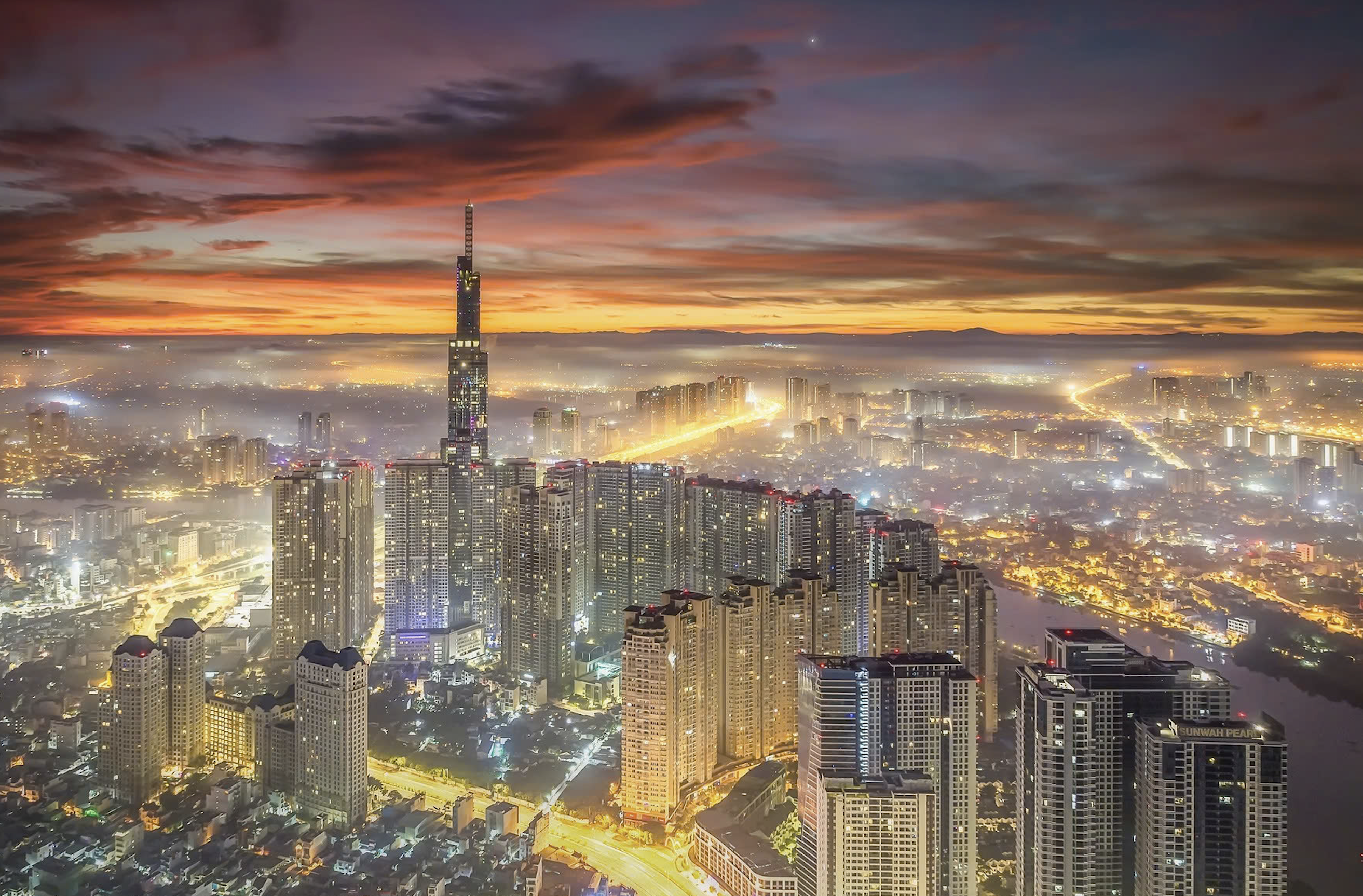




![[Photo] Bustling construction at key national traffic construction sites](https://vstatic.vietnam.vn/vietnam/resource/IMAGE/2025/5/2/a99d56a8d6774aeab19bfccd372dc3e9)
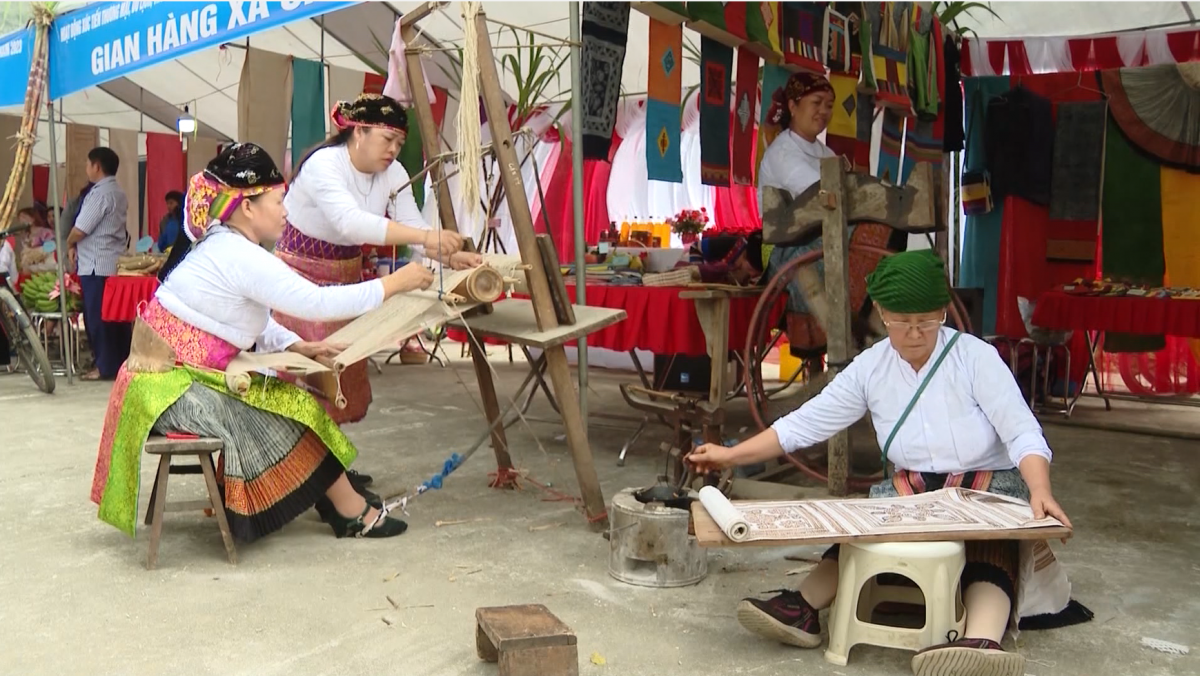
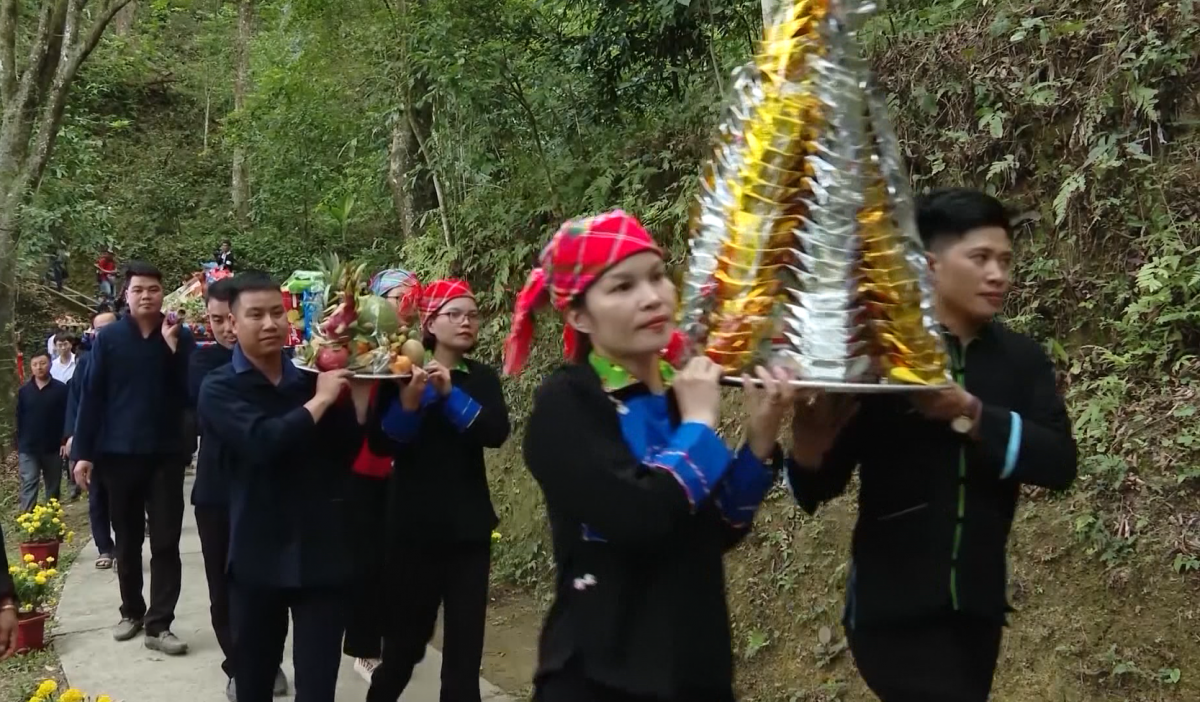
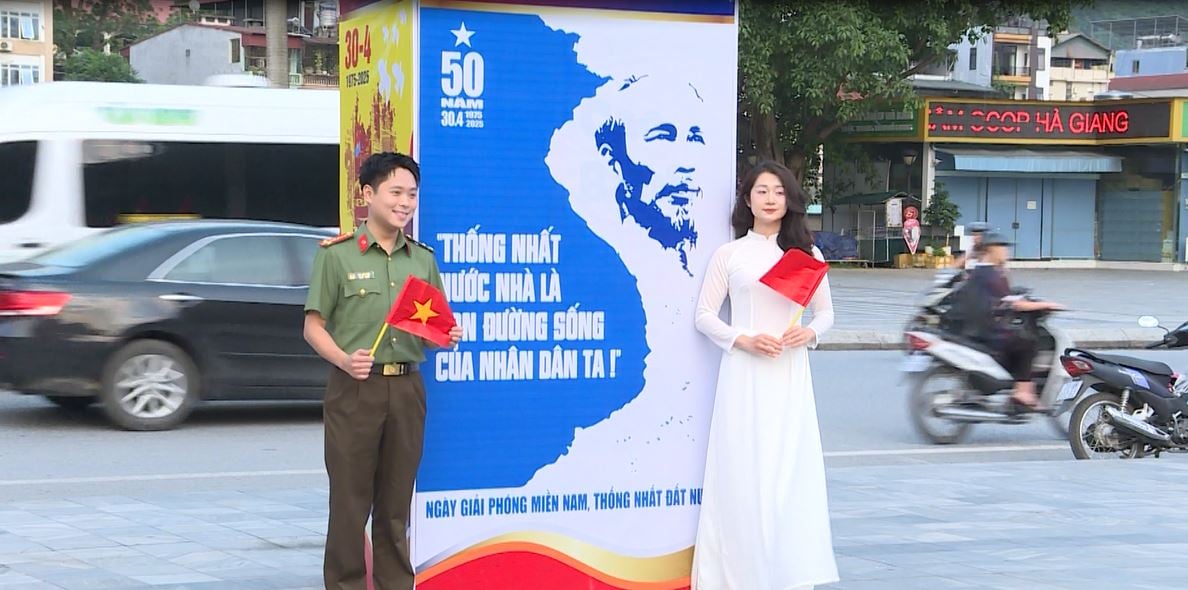
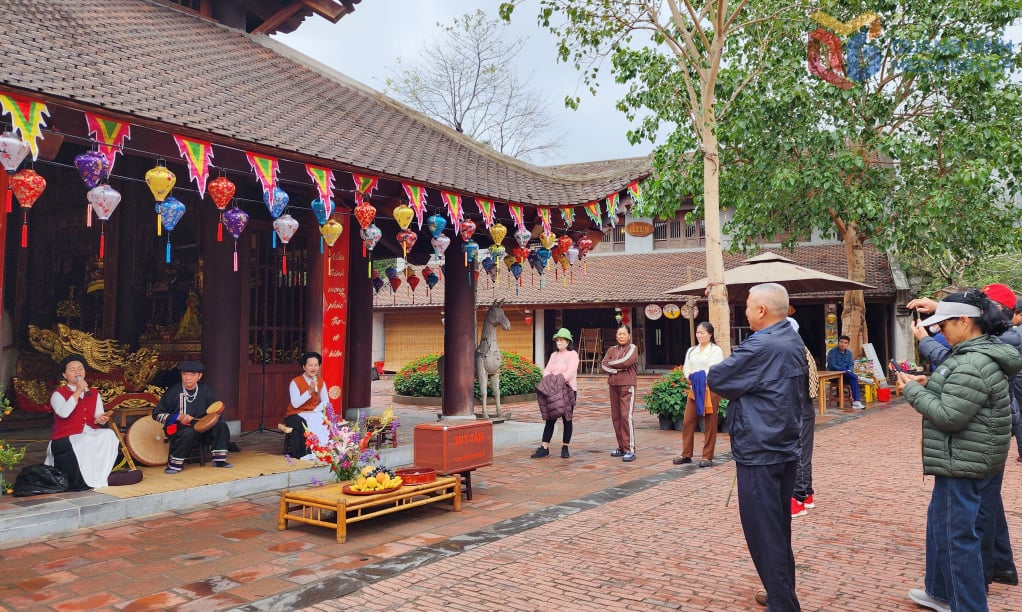
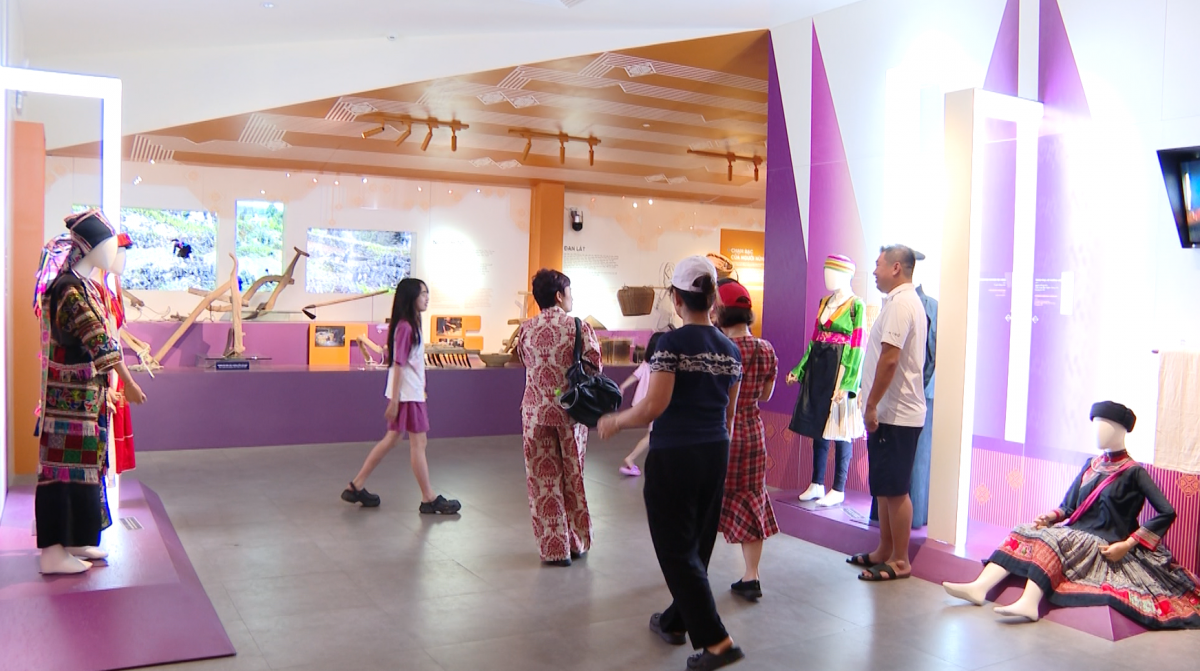
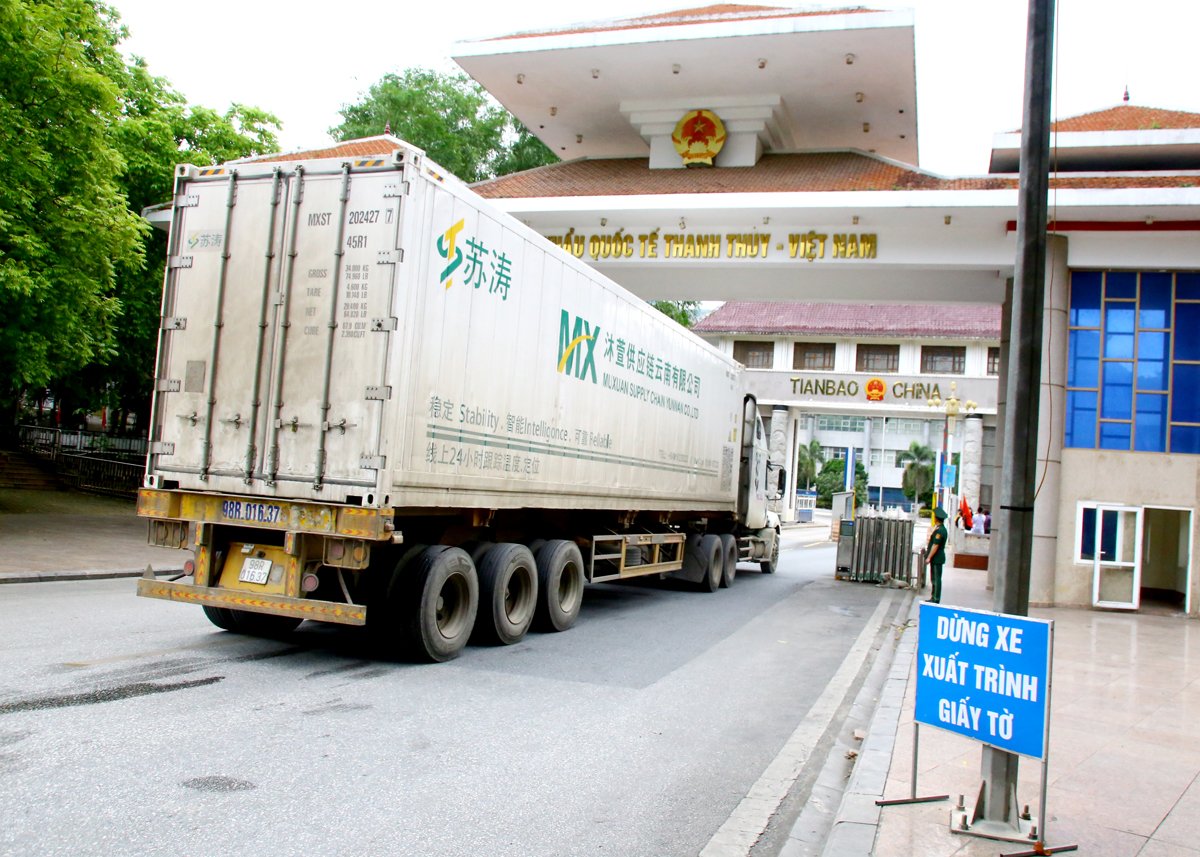


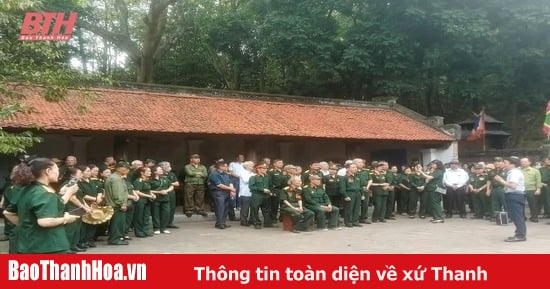

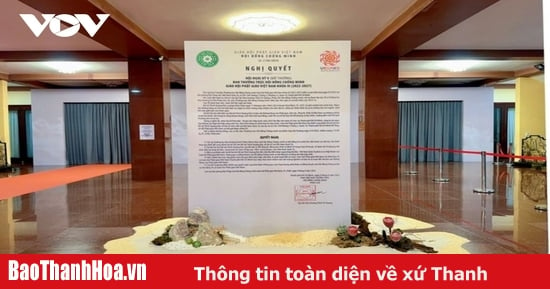


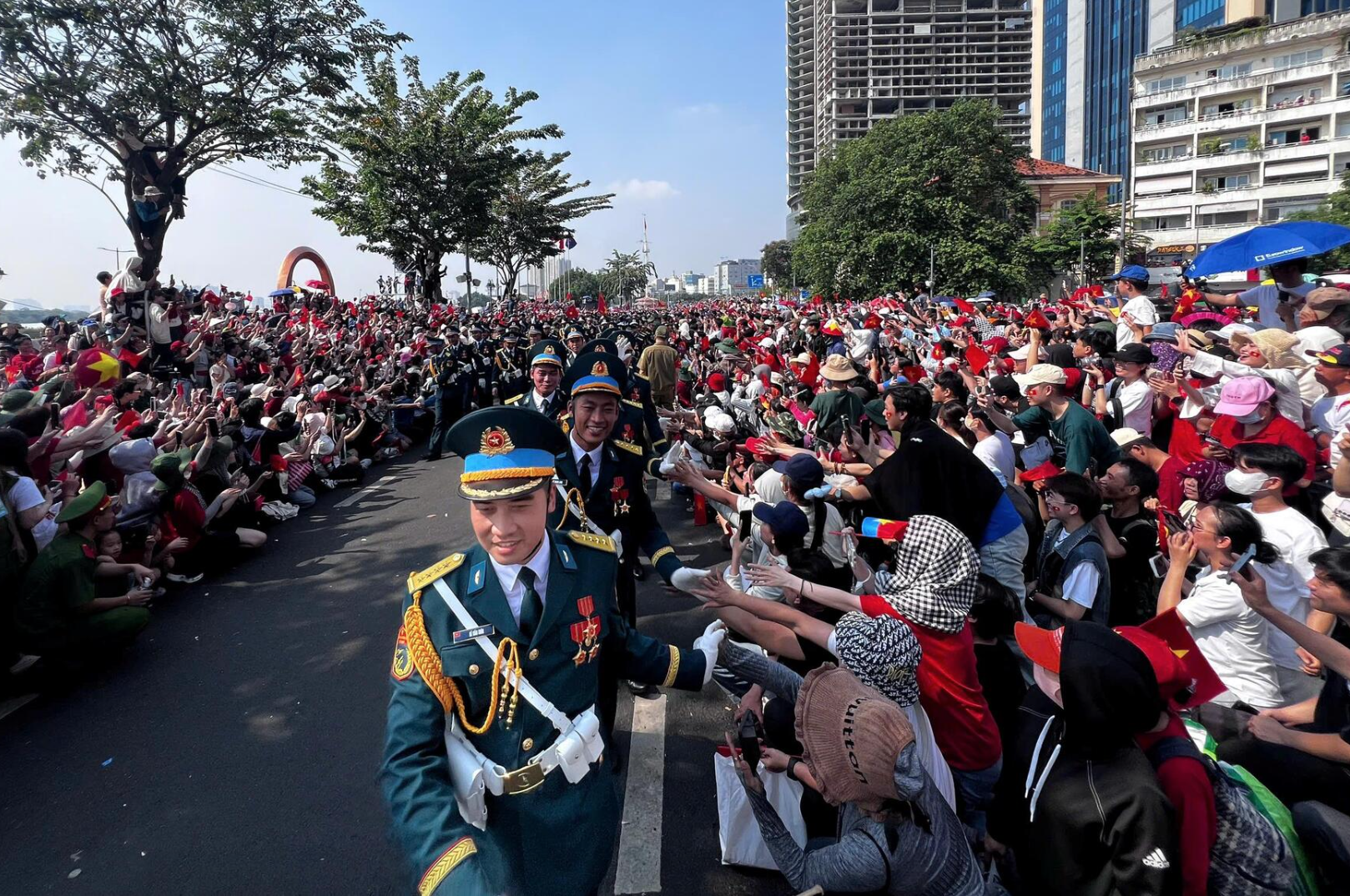


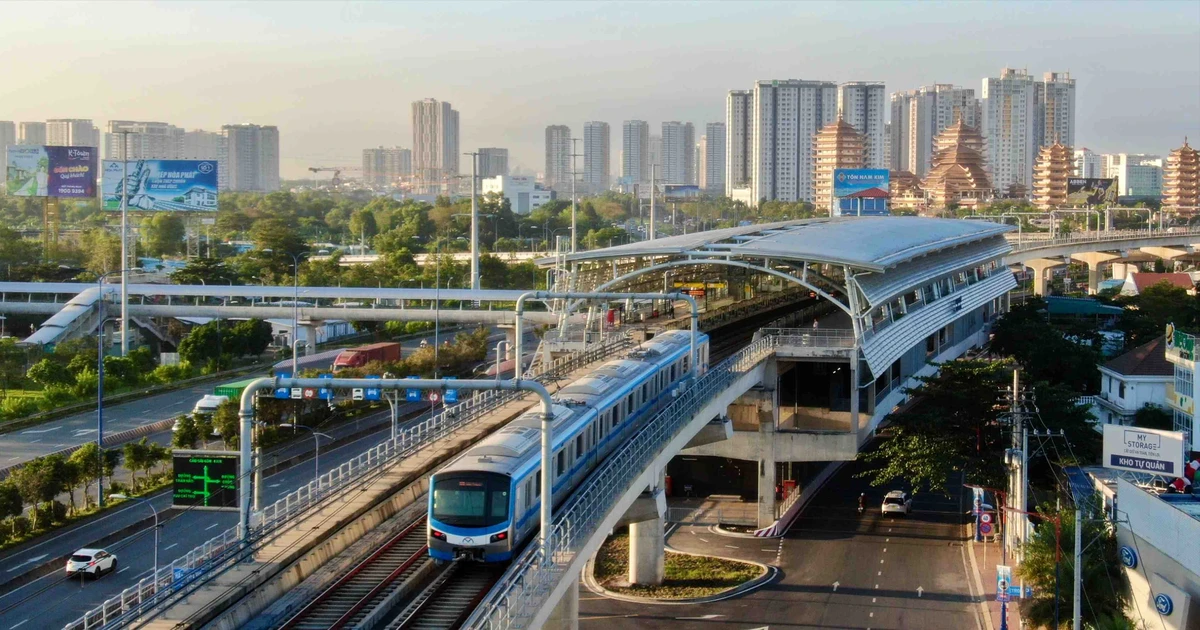
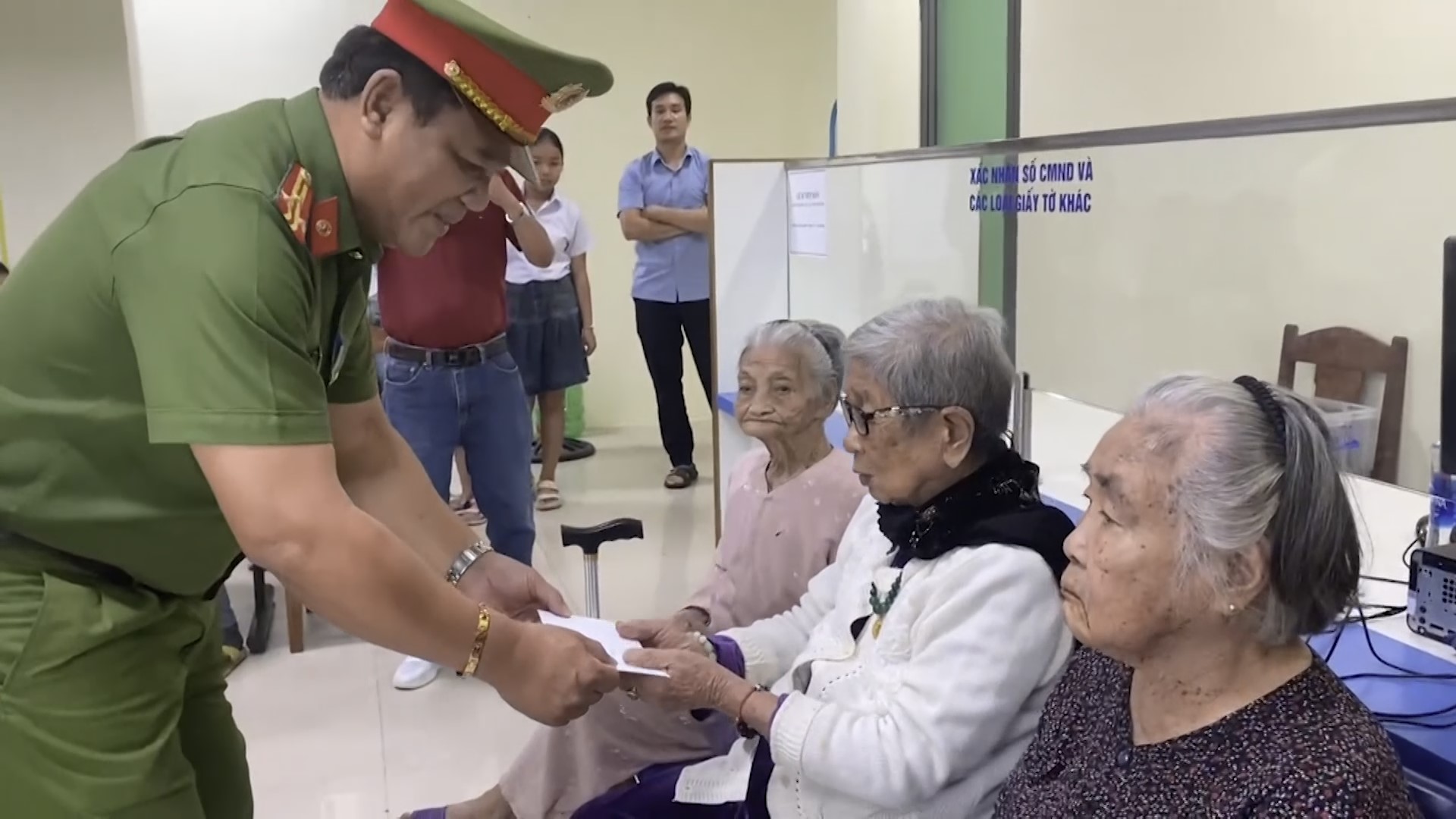
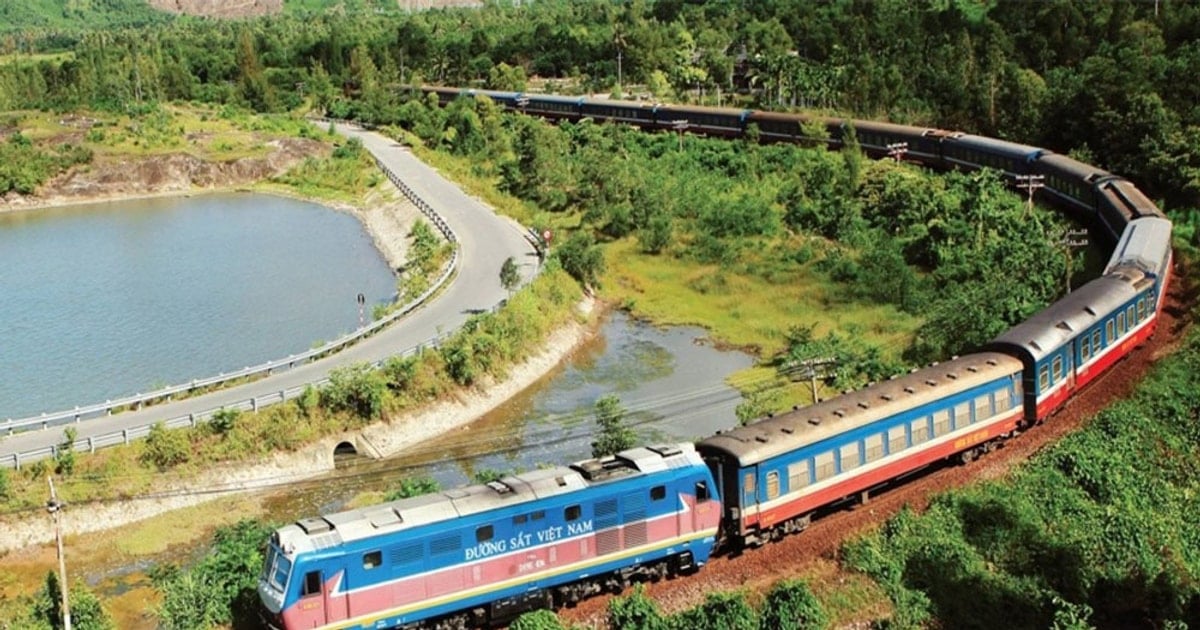

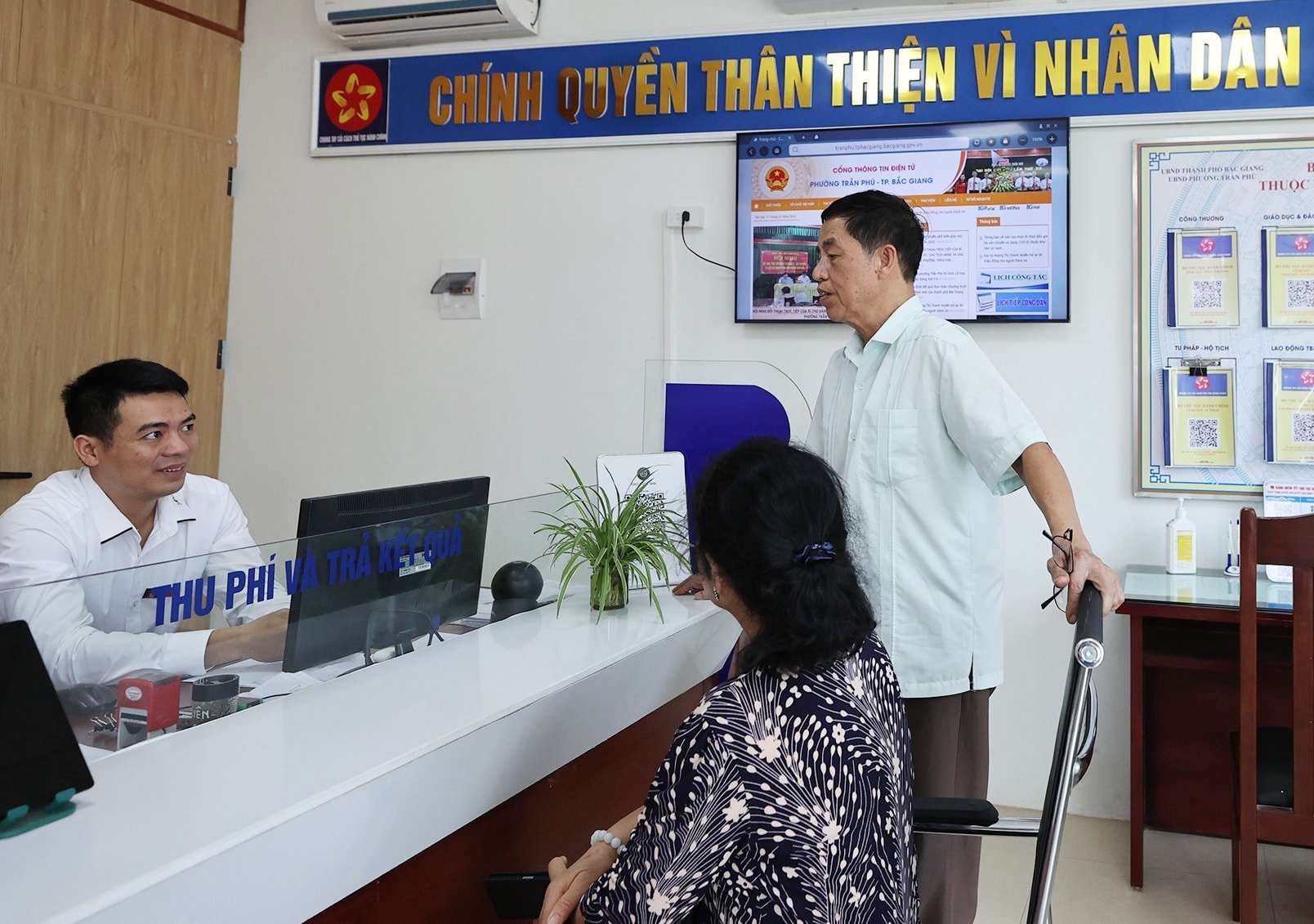
![[Photo] Binh Thuan organizes many special festivals on the occasion of April 30 and May 1](https://vstatic.vietnam.vn/vietnam/resource/IMAGE/2025/5/1/5180af1d979642468ef6a3a9755d8d51)
![[Photo] "Lovely" moments on the 30/4 holiday](https://vstatic.vietnam.vn/vietnam/resource/IMAGE/2025/5/1/26d5d698f36b498287397db9e2f9d16c)



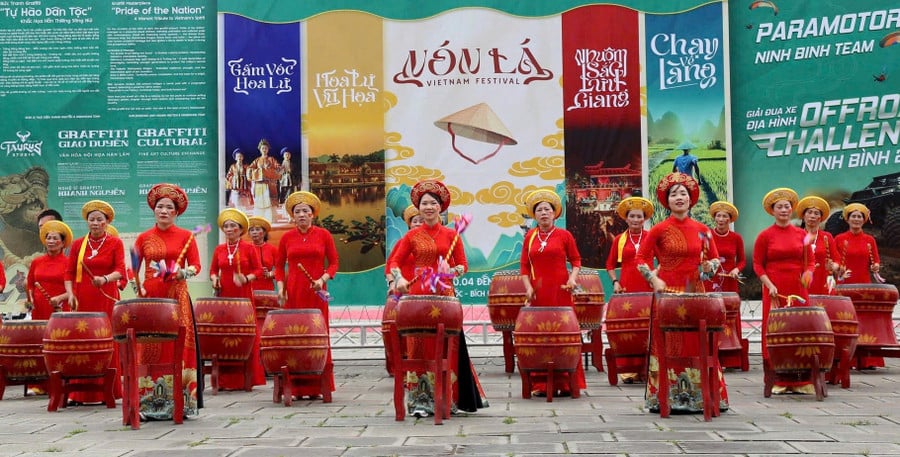

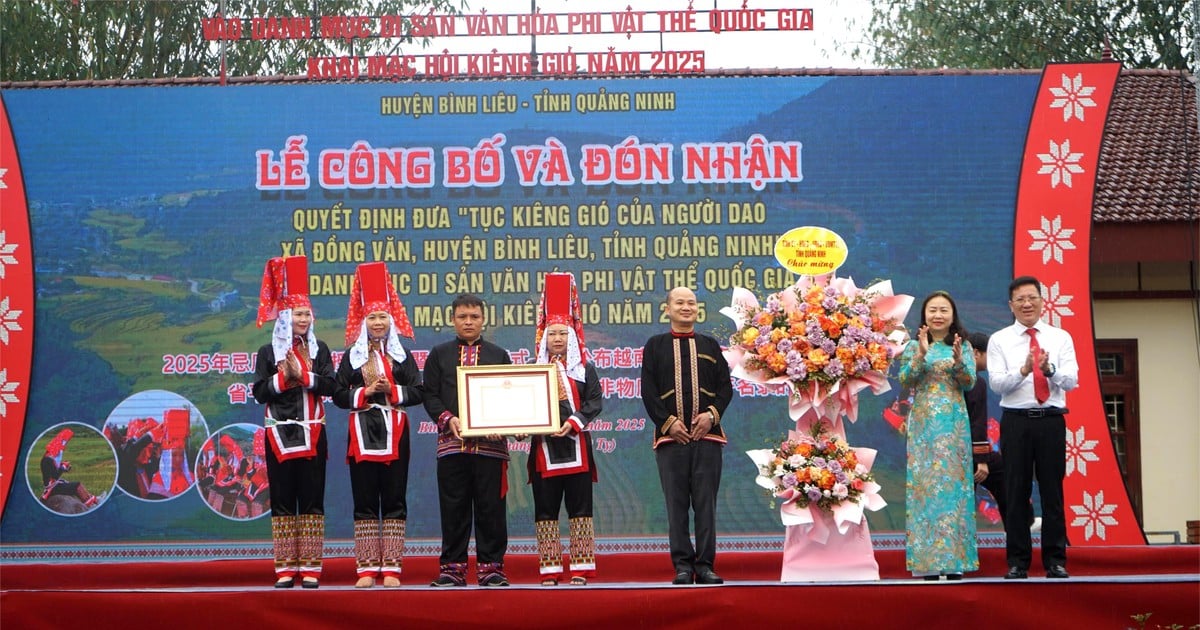



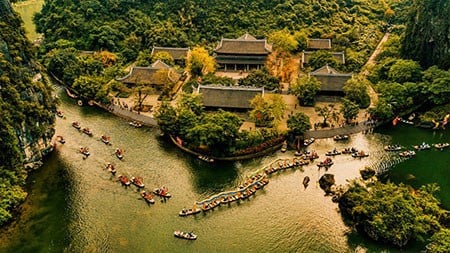

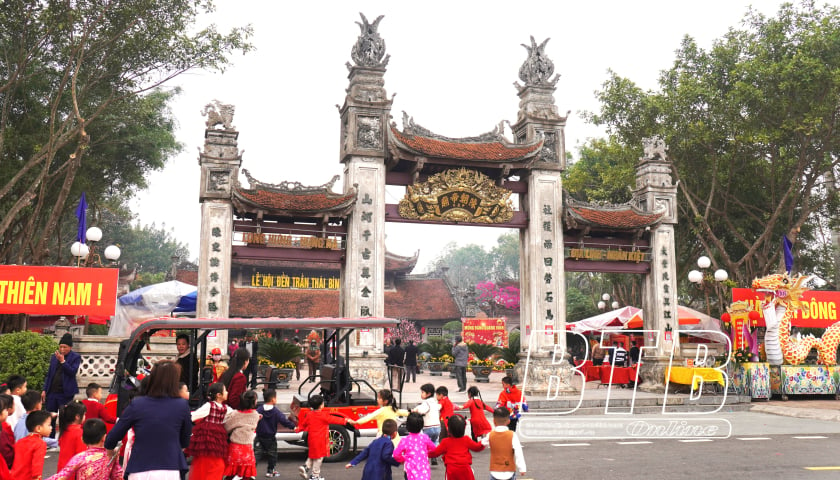

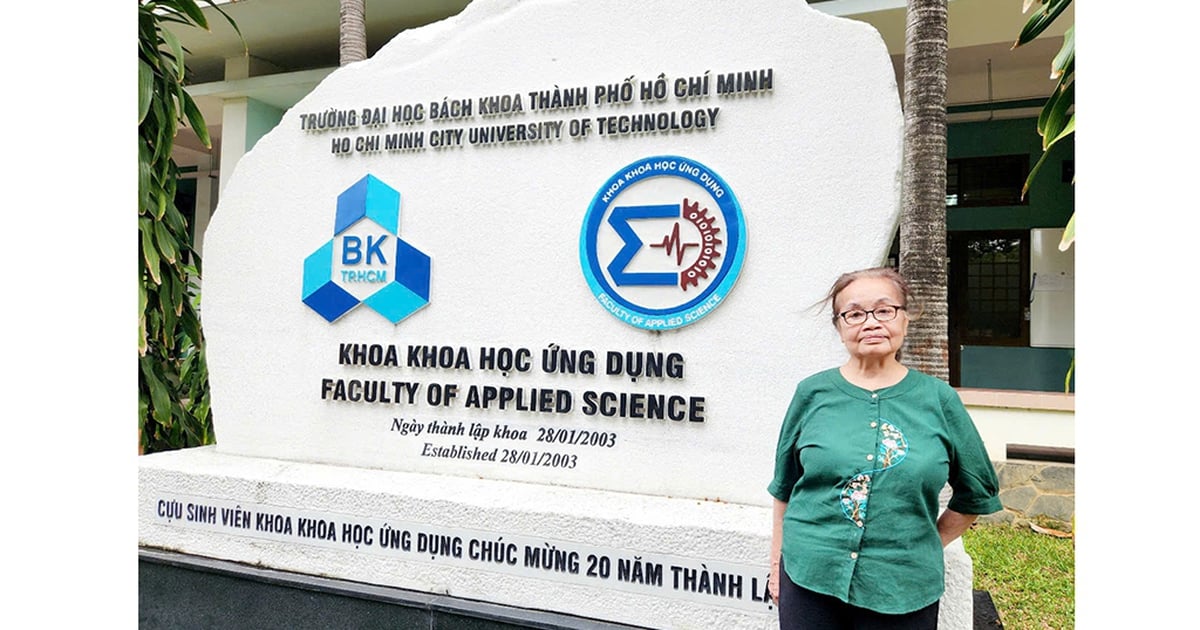

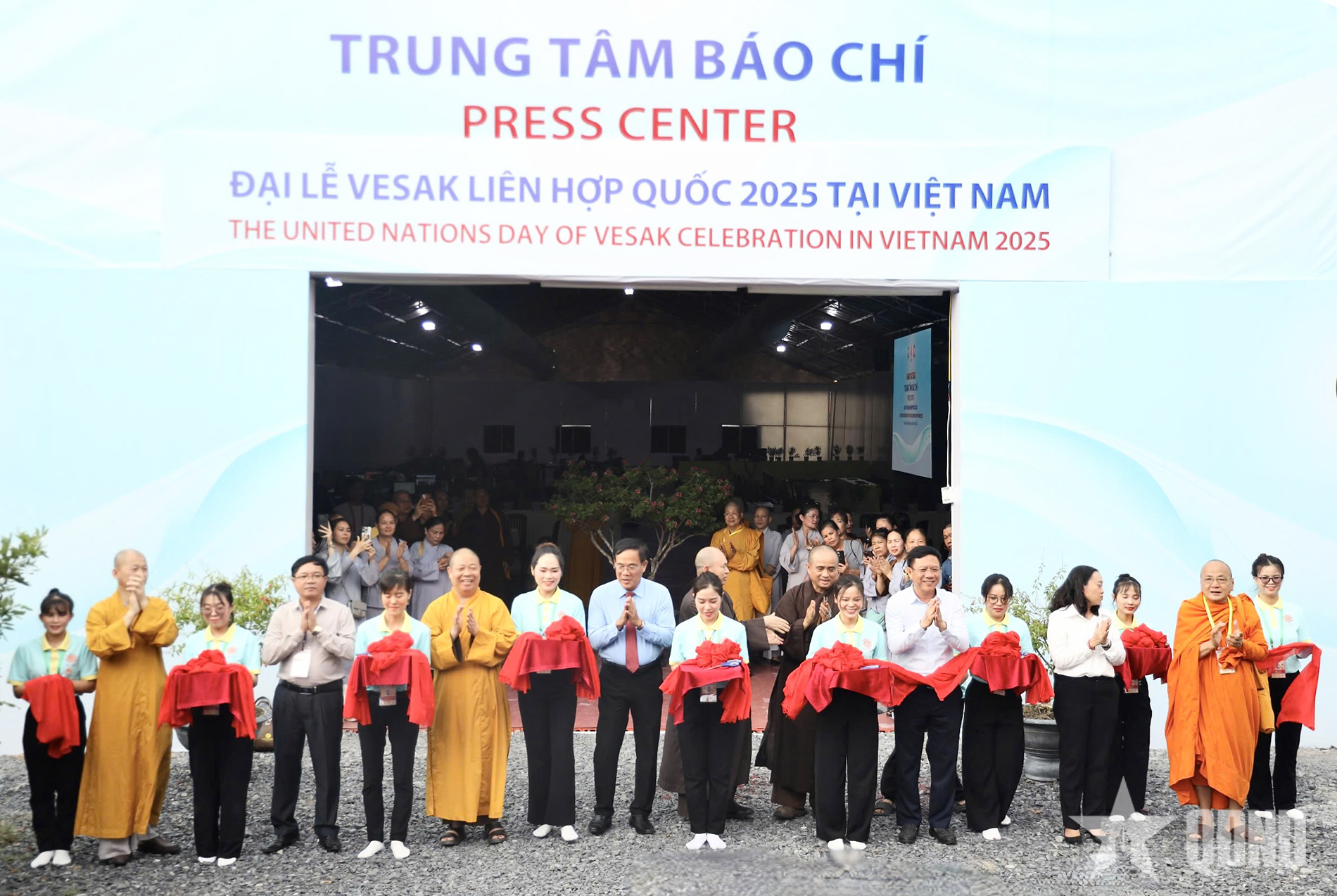



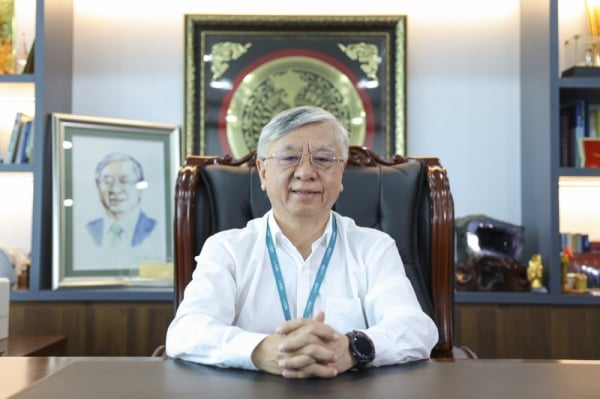









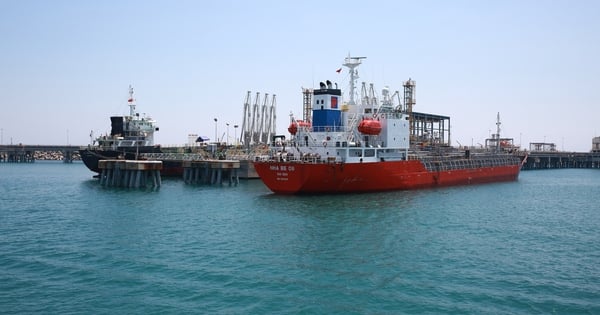


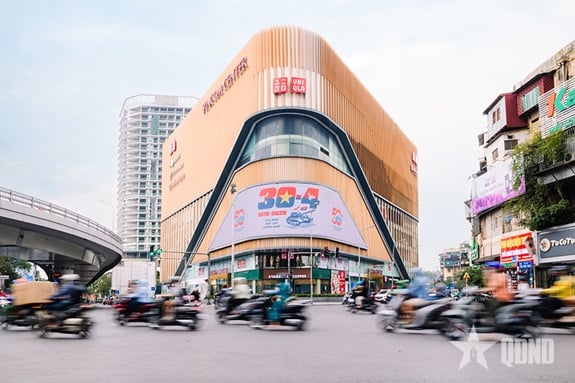
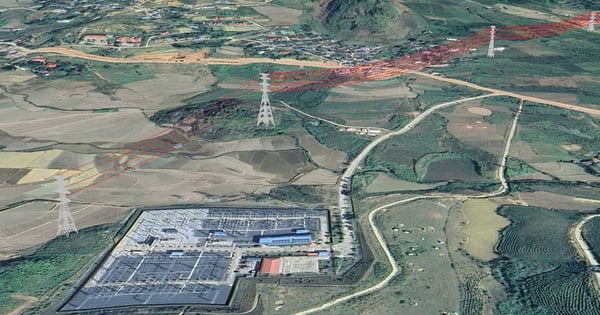
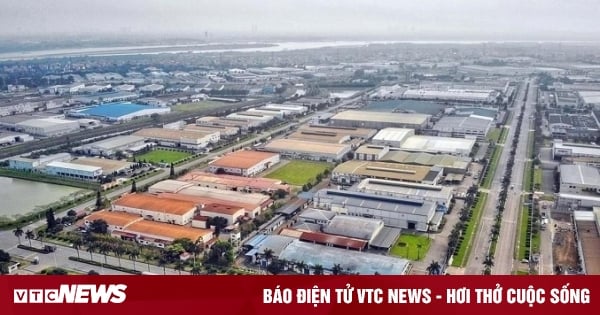

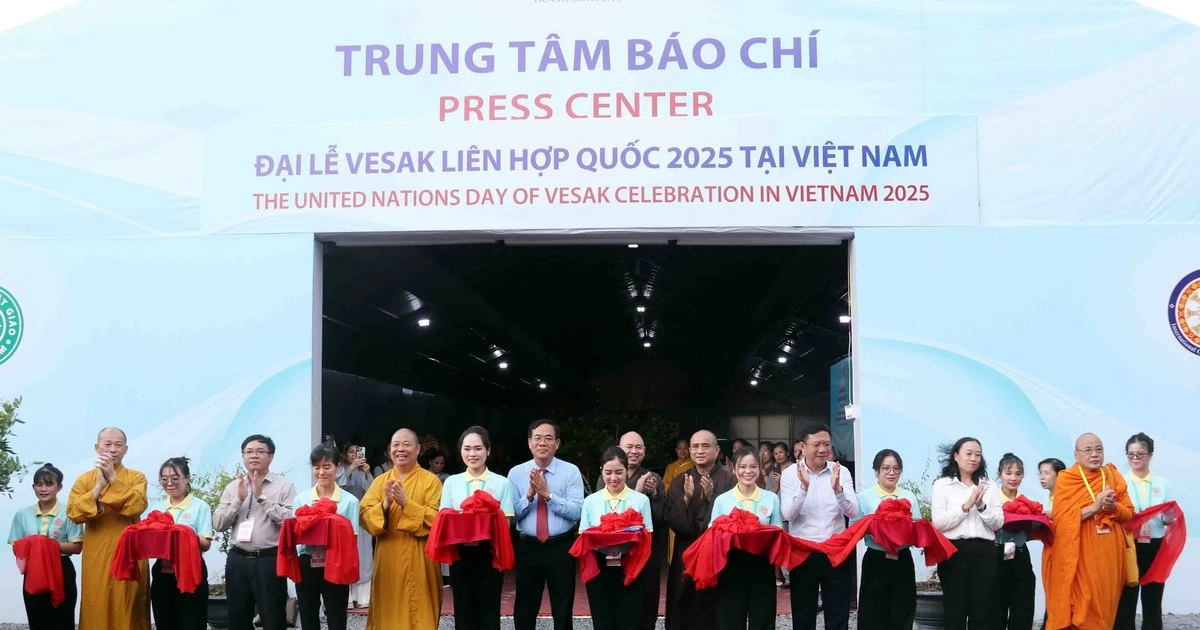
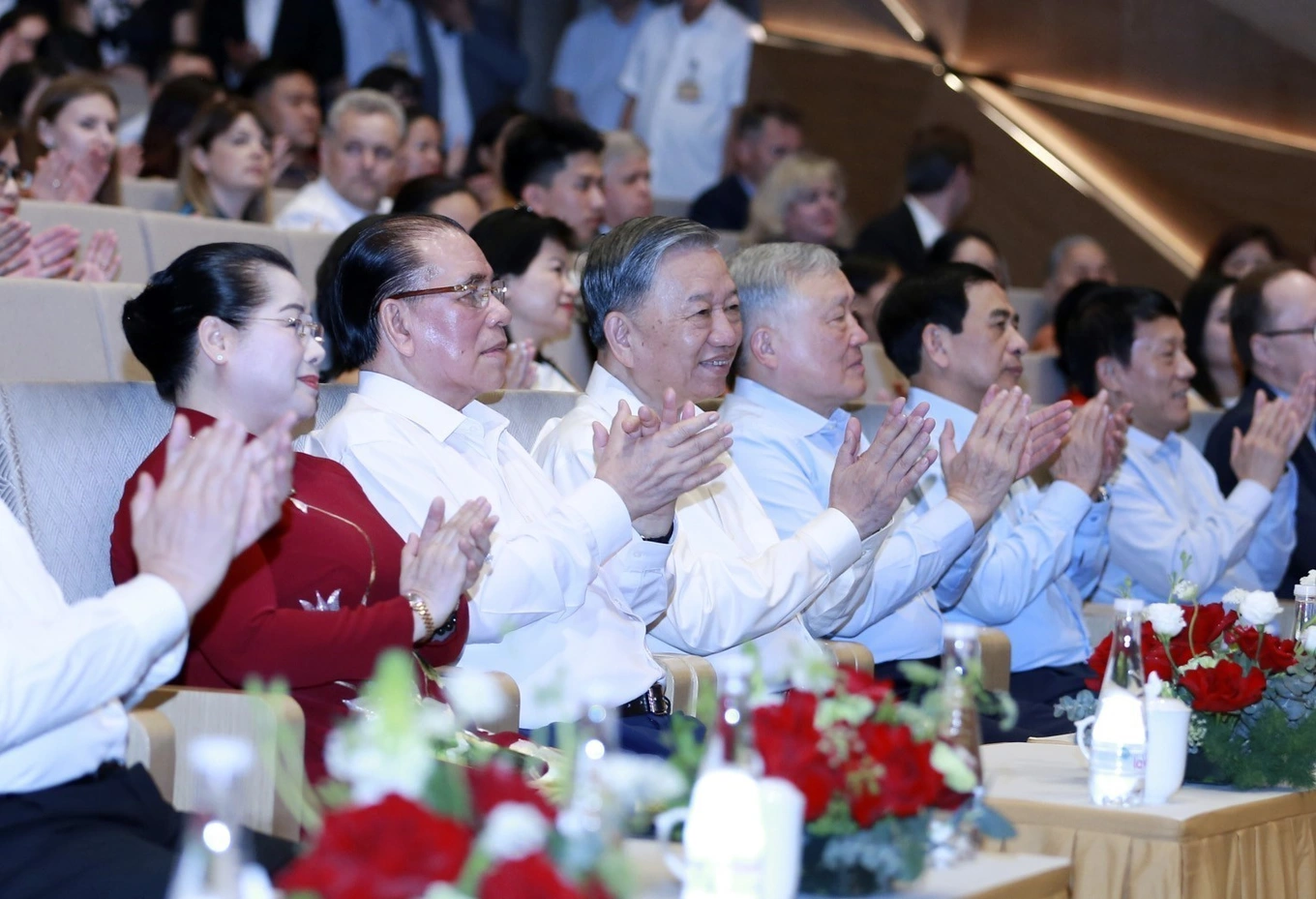



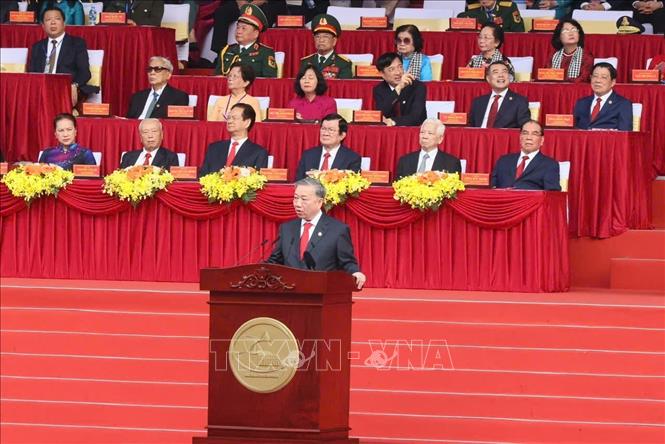

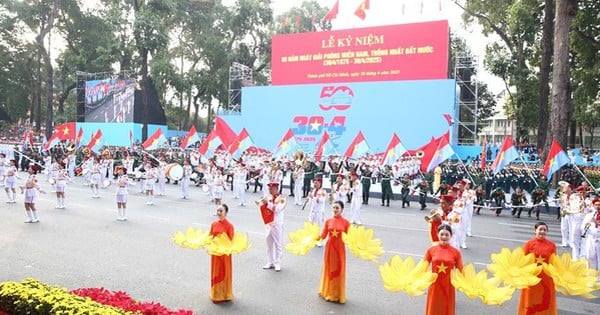

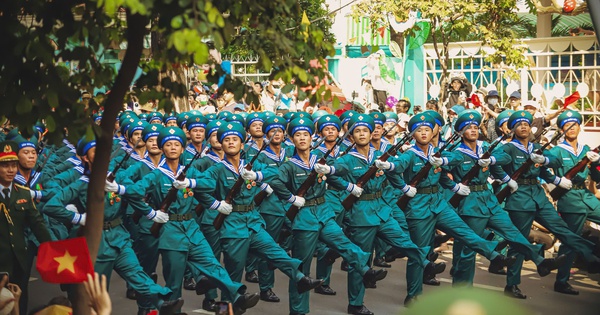
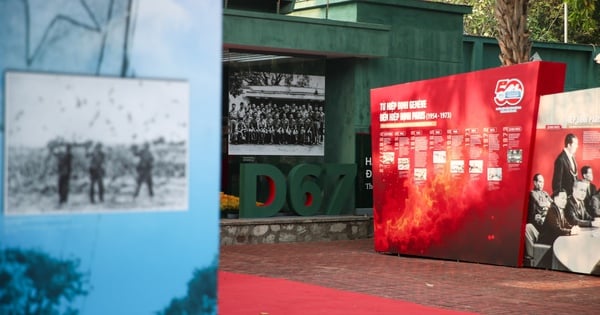
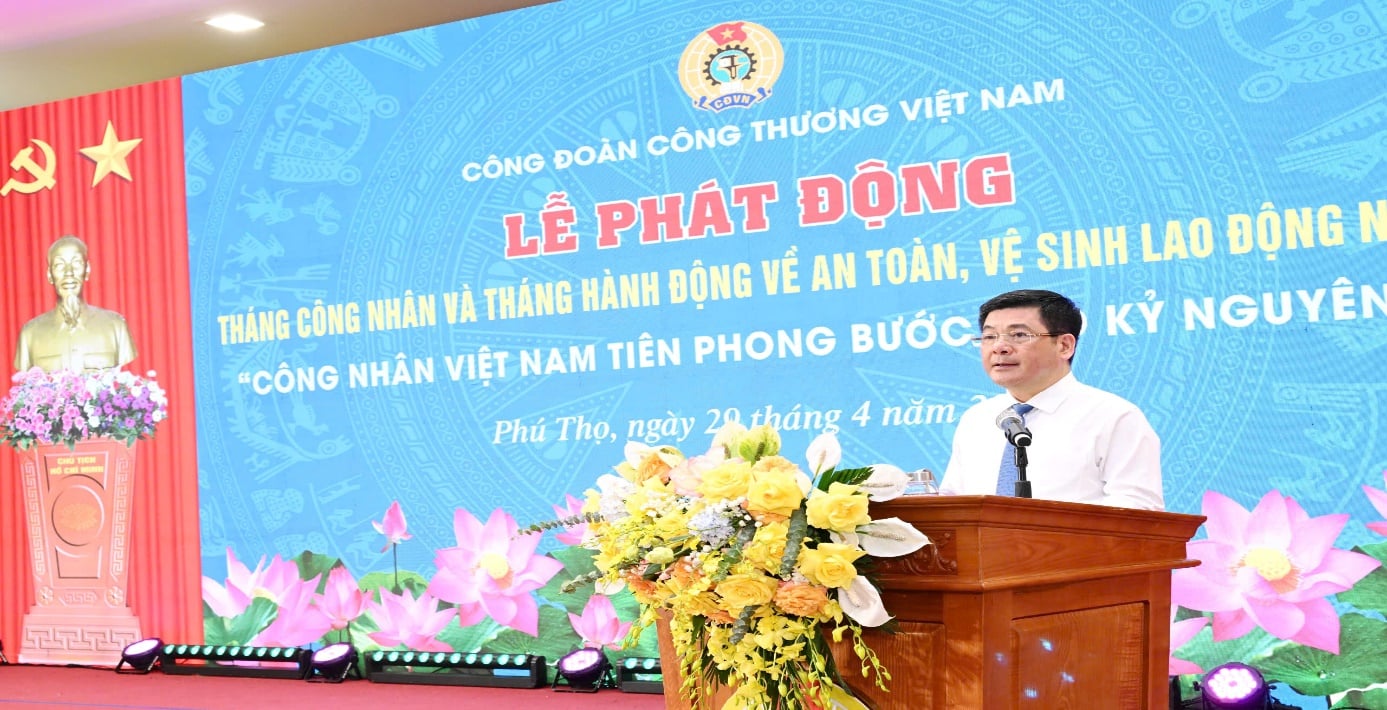


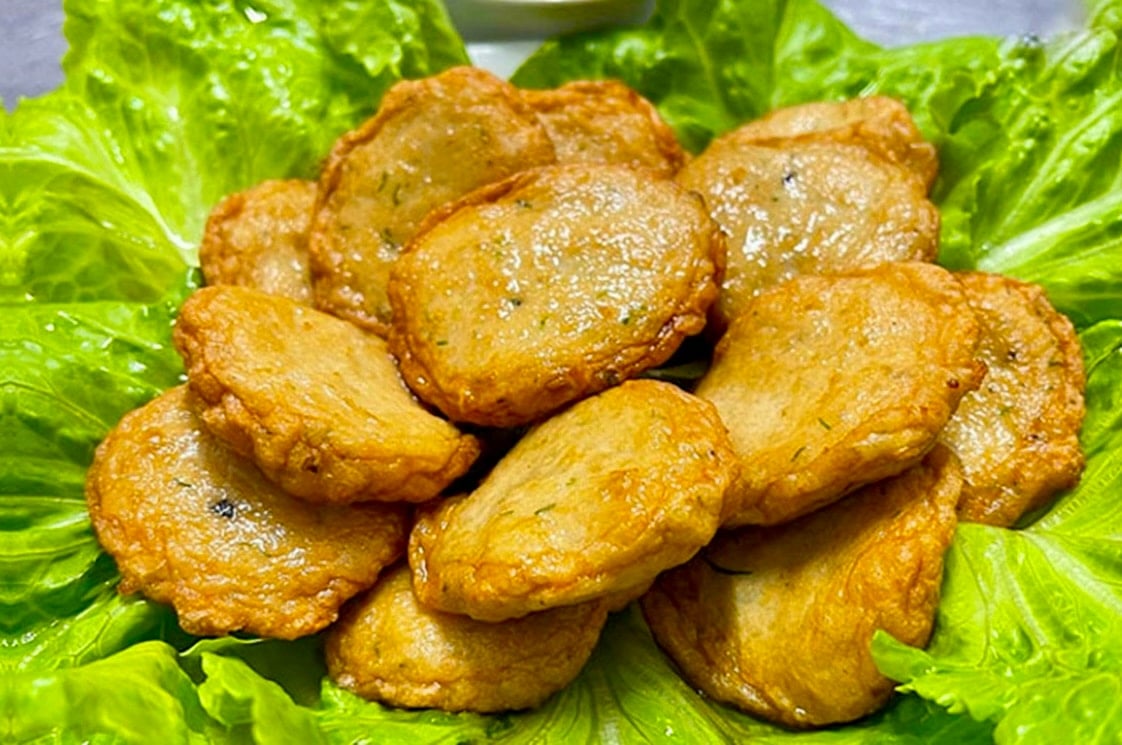



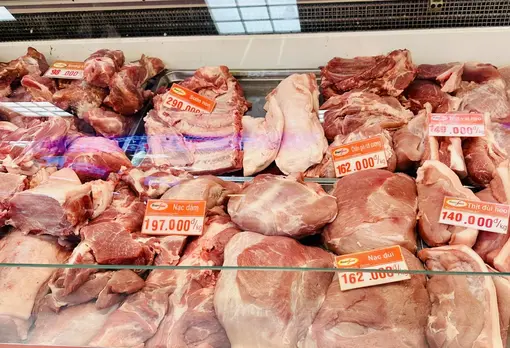

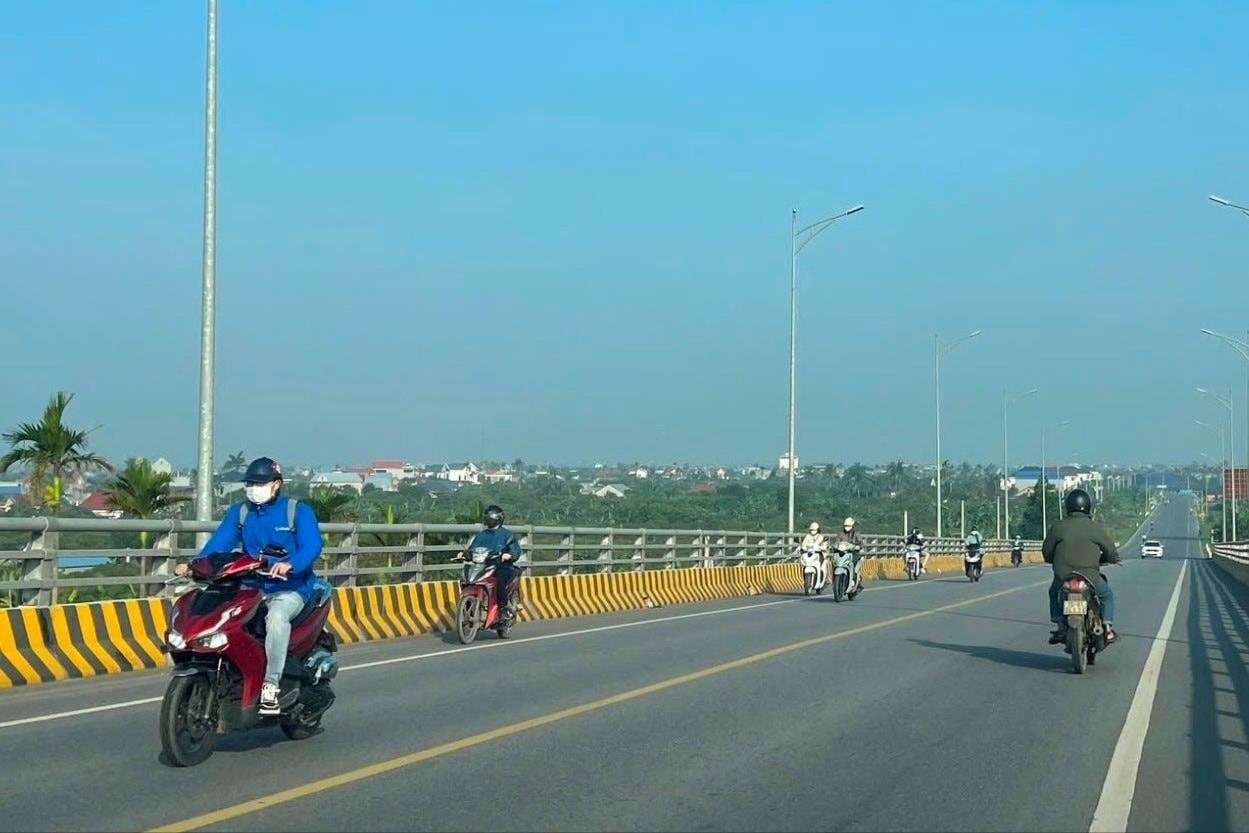
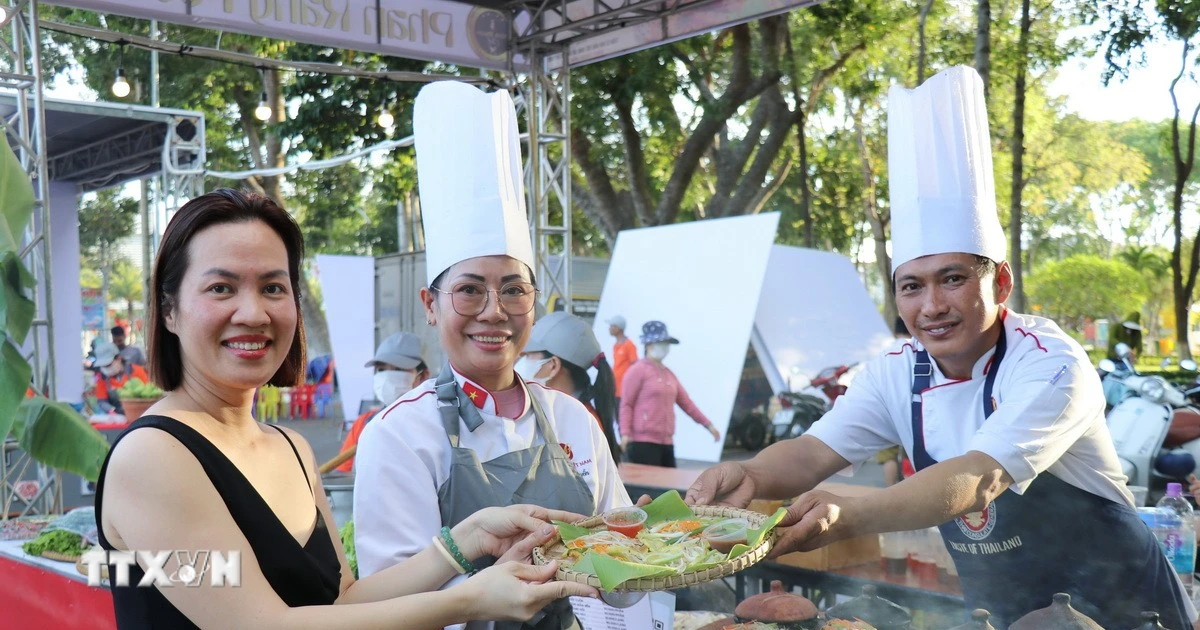
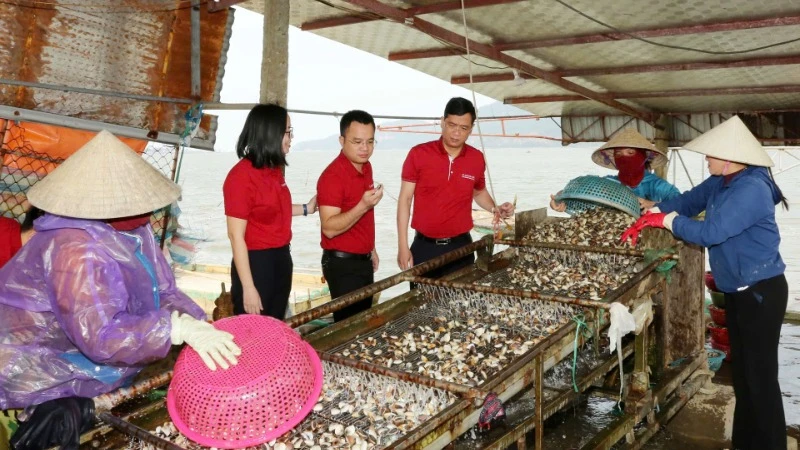
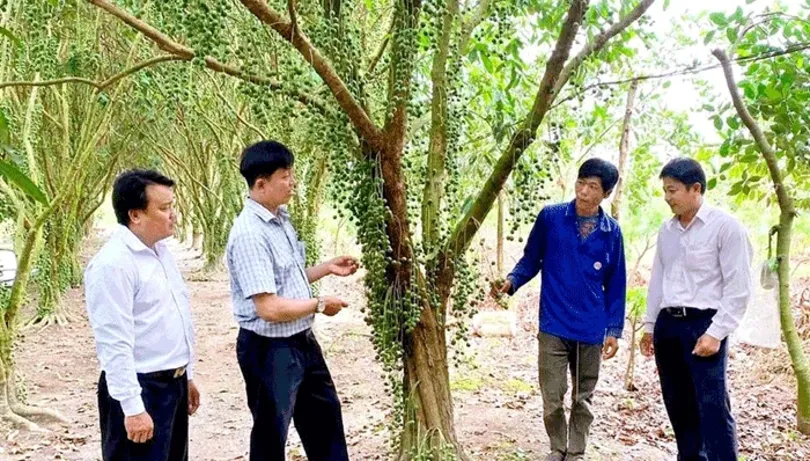

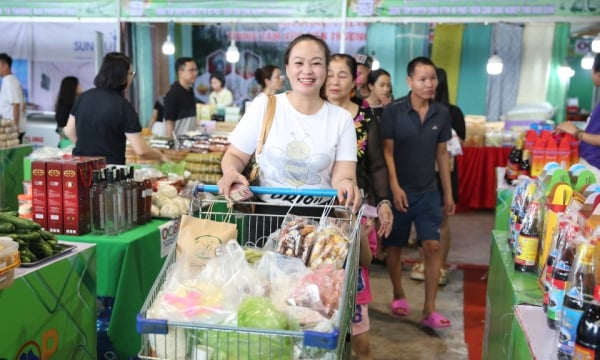
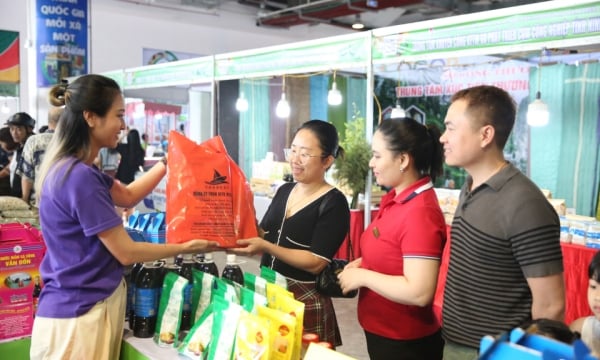
Comment (0)